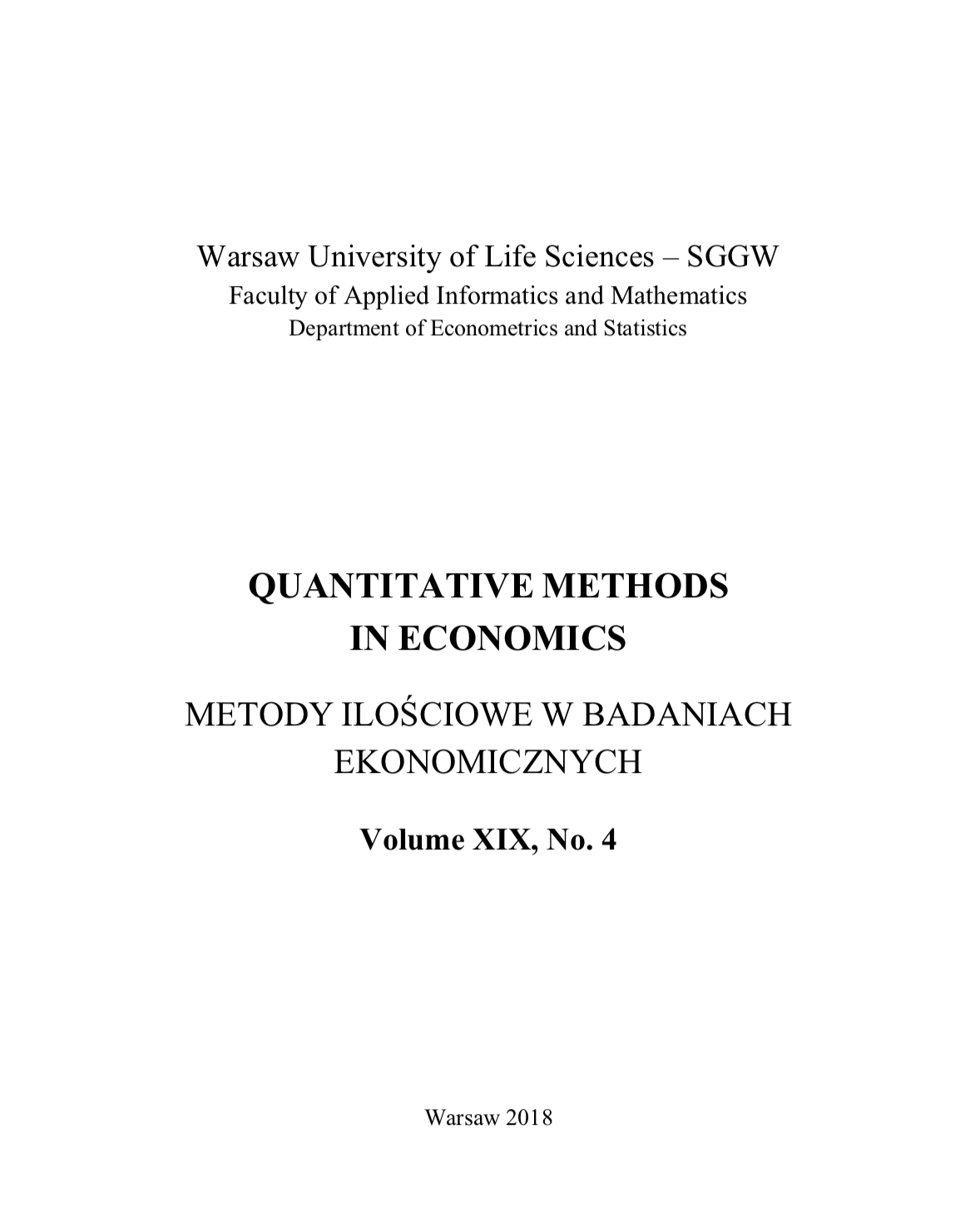CREDIT RATIONING AND FIRMS’SIZE: EXPLORATORY ANALYSIS OF THE EFFECT OF THE GREAT RECESSION (2010-2016) IN ITALY
CREDIT RATIONING AND FIRMS’SIZE: EXPLORATORY ANALYSIS OF THE EFFECT OF THE GREAT RECESSION (2010-2016) IN ITALY
Author(s): Maria Ferrara, Elisabetta Marzano, Roberta RubinacciSubject(s): Business Economy / Management, Financial Markets
Published by: Szkoła Główna Gospodarstwa Wiejskiego w Warszawie
Keywords: credit rationing; small and medium-sized enterprises (SMEs); Italian Banking System; banking crisis;
Summary/Abstract: In this paper we investigate the evidence of credit rationing in Italy during the period 2010-2016 characterized by evere distress in the banking system. The role of banks in the Italian economic system is crucial, since the Italian financial system can be classified as a bank oriented one. In addition, Italian economy is characterized by a very large share of small and medium sized enterprises (SMEs). This aspect adds value to our analysis given that literature usually assumes that the smaller the firms size the larger they suffer from credit rationing. By using a unique data set, provided by Bank of Italy, we get a twofold result. First, in Italy, the last economic and financial crisis has reduced the access to banking loans for SMEs, since there is a clear hump-shaped pattern in the time series of our measures of credit rationing. Differently, for large firms, it seems to have caused a larger volatility rather than a veritable credit rationing. Second, and this is our main result, matching micro and macro data, we do find support to the intuition that different banking crises exert different effects on firms’ financing conditions.
Journal: Metody Ilościowe w Badaniach Ekonomicznych
- Issue Year: XIX/2018
- Issue No: 4
- Page Range: 347-354
- Page Count: 8
- Language: English

